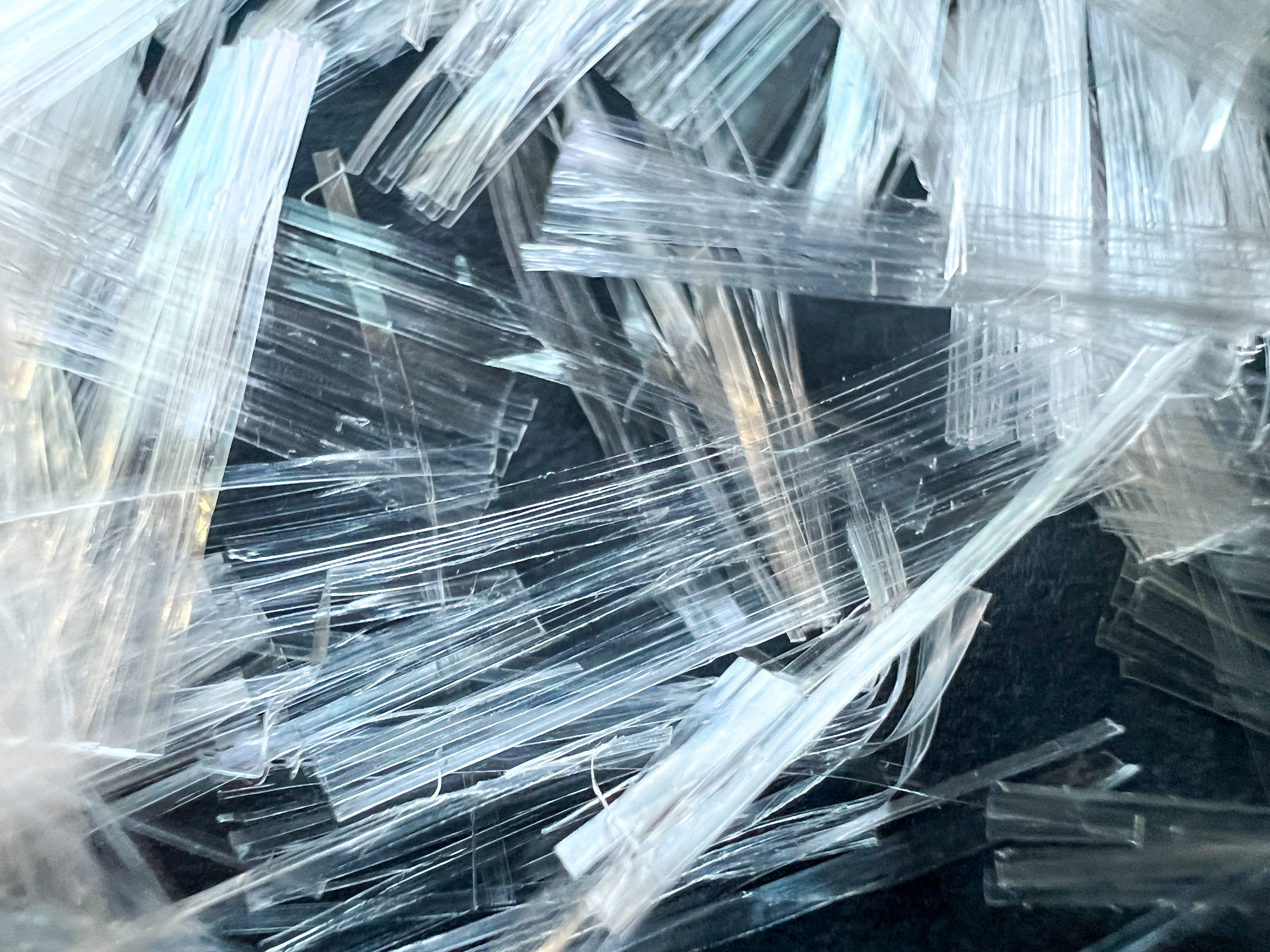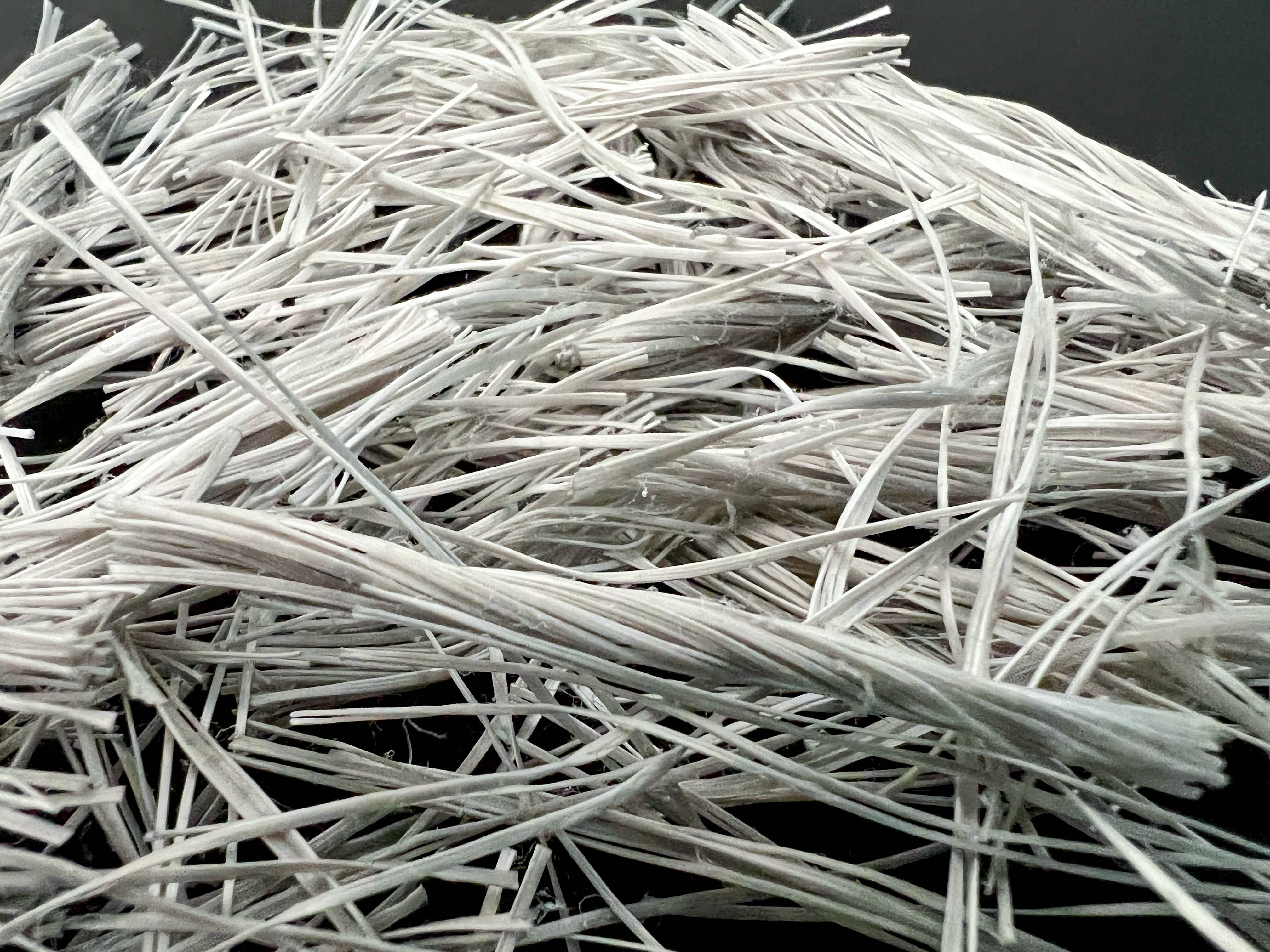Fiber-Reinforced Concrete
For reduced crack widths
What is fiber-reinforced concrete?
Fiber-reinforced concrete enhances the durability of concrete by reducing crack widths typically due to plastic shrinkage, long-term drying shrinkage and thermal changes. Because concrete cannot be prevented from cracking, the goal is to keep the cracks tightly closed.
Benefits that can be achieved with fiber-reinforced concrete include extended service life with reduced maintenance, faster speed of construction, labor savings and improved worker safety.
Microfiber vs. Macrofiber
- Microfibers: Less than 580 denier or .30 mm. Used in concrete where extra toughness is needed, evaporation rate is high and surface appearance is important. Microfibers are not a structural reinforcing fiber and cannot be used to replace any structural steel elements.
- Macrofibers: 580 denier or 0.30 mm or greater. Used for plastic shrinkage control (cracking that can occur in the first 24 hours of concrete cure), impact protection and fire anti-spalling.
Concrete Fiber Additive Products
- Master Builders Solutions offers a range of concrete fiber additive products, including:
- Monofilament microfibers for control of plastic shrinkage cracking
- Fibrillated microfibers for replacement of light-gauge welded-wire reinforcement
- Macrofibers for post-crack control and replacement of traditional shrinkage and temperature (secondary) reinforcing steel




.png)